Native Apps or PWAs: Which Works Better for You
What Are Native Apps?
Native apps are developed specifically for particular platforms, such as iOS or Android. They use platform-specific programming languages to build. For example, iOS developers use Swift, while Android developers use Kotlin or Java. Native apps have direct access to a device’s functionality, such as the camera, GPS, or push notifications. This makes native apps powerful and highly responsive.
The importance:
- Platform-specific: Native apps are built for iOS or Android.
- Downloaded and installed from app stores.
- Native apps have full access to all device features.
- Pricey to develop and maintain across platforms.
What Are Progressive Web Apps?
Progressive Web Apps (PWAs) are web-based applications that deliver mobile app-like experiences in a web browser. Unlike native apps, they don’t need to be downloaded from an app store. Users can access them directly from a URL. PWAs use modern web technologies like HTML, CSS, JavaScript, and Python to function across different devices and browsers. Users can even “install” PWAs on their home screens for speedy access.
The greatest advantage of PWAs is their cross-platform compatibility, which is very attractive for businesses when a wide reach is targeted.
The importance:
- Web-based apps accessed via a browser.
- Do not require downloading from the app stores.
- Fast, offline-capable, and supports push notifications.
- Works on: iOS, Android, and desktop.
Native Apps vs. PWAs: A Comprehensive Comparison
Key Aspect | Native Apps | PWAs |
Performance | platforms-specific (iOS/Android), delivering superior performance and leveraging full hardware capabilities. | Efficient for simpler tasks but limited in high-performance areas like graphics-heavy applications. |
User Experience (UX) | Intuitive UX, adhering to platform-specific design guidelines. | App-like interface with offline support and push notifications but lacks the polish and responsiveness of native apps. |
Example | Ideal for resource-heavy apps like gaming or photo editing tools. | Perfect for lighter apps such as e-commerce sites, news platforms, or blogs. |
Development | Requires separate codebases for each platform, increasing time, cost, and complexity. | A single codebase across platforms reduces development time and costs. |
Maintenance | Updates: Need approval from app stores and must be implemented separately for iOS and Android. | Easier updates—changes are applied to the web version and instantly available to all users without app store approvals. |
Access to Device Features | Full access to device features like GPS, camera, and Bluetooth, ensuring deep integration. | Limited access, though browser advancements are gradually closing the gap. |
Cost of Development | High—requires platform-specific teams, tools, and approval cycles for app store submission. | Low—uses a unified development team and single codebase for all platforms. |
Time to Market | Longer due to separate builds, testing, and app store approval processes. | Faster, with no app store approval delays and a unified codebase. |
Accessibility | Distributed via app stores, users must download and install, which can limit adoption. | Accessible via browsers or URLs. can also be added to home screens |
Reach | Restricted to platform-specific users (iOS or Android); doesn’t cater to users across multiple operating systems | Cross-platform and cross-device compatibility ensures a broader reach |
Examples | High-performance apps like Snapchat or Instagram benefit from native development. | Apps like Starbucks’ PWA provide excellent functionality for on-the-go users with minimal hardware integration requirements. |
Which One Should You Choose?
Choosing between native apps and PWAs boils down to the goals of your business, budget, and user needs. Here’s a breakdown to help you decide:
When to Choose Native Apps:
- Performance is Critical: If your application requires high performance, such as heavy graphics, real-time processing, or other advanced device features, the native app is the only way forward, with a smoother, faster performance on different platforms
- Deep System Integration: If the application needs deep integration with device features, such as GPS, camera, Bluetooth, sensors, native applications can make full use of device hardware capabilities.
- Building for a Loyal User Base: If you’re targeting users who will frequently use your app and benefit from offline access, these are well-suited for games, social media apps, or apps requiring high engagement.
- App Store Presence: Native apps gain access to the immense power and marketing tools available to platforms such as Google Play or the Apple App Store for brand presence and reach.
When to Choose PWAs
- Cost-Effective and Faster Development: In case of a tight budget and to get to market quickly, PWAs are the best solution
- Wide Reach Across Devices: If reach is your goal across different devices and platforms, PWAs provide a seamless experience across iOS, Android, and desktops.
- Lesser Performance Demands: When your app does not require heavy interaction or performance, web applications such as an e-commerce store, a news website, or blogs can benefit from their simplicity.
- Easy Updates and Maintenance: PWAs make updates easy since they are web-based. Users can access the latest version without requiring app store approvals or individual downloads.
Conclusion
Choose Native Apps when you require
- high performance
- deep system integration
- app is for a dedicated set of users.
Choose PWAs if you need
- low-cost, cross-platform solution
- broad accessibility
- fast updates.
By carefully considering your app’s requirements, user experience, budget for effective conversions, and development budget, you’ll be able to choose the best solution for your enterprise. When it comes to application innovation, app modernization and development, more research and smart suggestions from industry experts help to go a long way.


